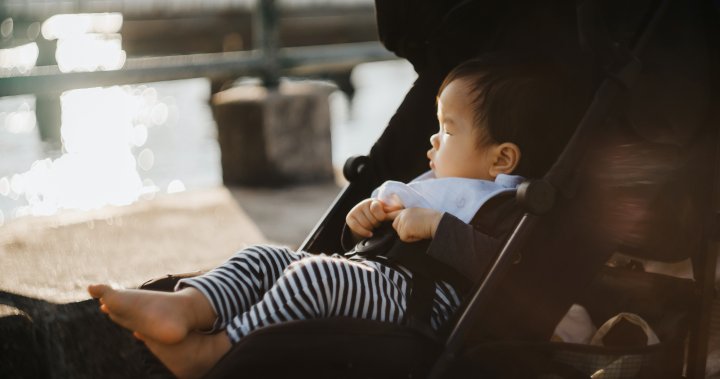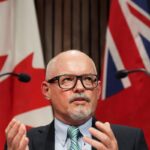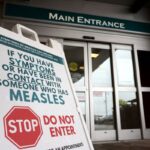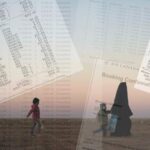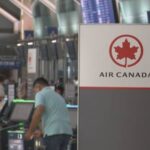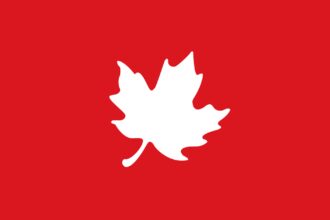The ripple effects of recent US tariff hikes have reached an unexpected sector: baby products. Young families across British Columbia are now facing steeper prices for essential items like cribs, car seats, and strollers, creating a perfect storm of financial pressure at a time when many households are already stretched thin.
“We’ve seen price increases of 15 to 25 percent on imported baby gear since the tariffs took effect,” explains Helena Montrose, owner of Little Treasures, a baby specialty store in Vancouver. “Items that were already considered investment pieces—like convertible cribs and travel systems—now carry price tags that push them out of reach for many working families.”
The tariffs, initially aimed at addressing trade imbalances, have created a cascade of consequences throughout North American supply chains. For Canadian retailers who source products manufactured or assembled in the US, the impact has been particularly severe, with many unable to absorb the increased costs without passing them along to consumers.
At Baby Basics, a charitable organization that provides essentials to families in need throughout British Columbia, the effects have been immediate and concerning. Executive Director Sarah Leighton reports a 40% increase in requests for assistance since January.
“We’re seeing families who previously managed independently now turning to us for support,” Leighton told CO24. “The combination of housing costs, inflation, and now these price hikes on baby necessities is creating impossible choices for parents. Do they buy the safer car seat or pay their heating bill?”
The situation highlights the complex interplay between international trade policies and kitchen-table economics. While trade measures are typically designed to protect domestic industries, the integrated nature of North American manufacturing means that canadian consumers often bear the brunt of such policies.
Economic analysis from the Fraser Institute suggests these tariffs could cost Canadian households an additional $1,000 annually across all consumer goods, with families requiring baby products facing even steeper increases. For context, a standard infant car seat that previously retailed for $250 now frequently exceeds $300, while premium strollers have jumped from the $900 range to well over $1,100.
“The timing couldn’t be worse,” notes Dr. Eliza Morrison, economist at the University of British Columbia who specializes in household financial resilience. “These price increases are hitting just as many families are dealing with renewed mortgage stress tests and persistently high grocery costs.”
The federal government has indicated it is monitoring the situation but has stopped short of introducing any compensatory measures. Meanwhile, provincial resources for family assistance programs report being stretched beyond capacity, with waitlists growing for secondhand equipment programs.
For retailers in the business of children’s goods, the situation creates difficult decisions. “We’re trying to stock more budget-friendly options,” says Montrose, “but even those lines have increased in price. There’s only so much margin we can cut before it affects our ability to keep the doors open.”
Some community organizations have begun organizing baby item exchanges and repair workshops to help extend the life of existing equipment. In Victoria, the Parent Resource Collective has established a “stroller clinic” where volunteers with technical skills help repair damaged equipment.
“It’s heartbreaking to see families having to choose between safety and affordability,” says volunteer coordinator Martin Chen. “A car seat shouldn’t be a luxury item.”
As these economic pressures continue, the question remains: at what point does the cost of essential safety items for children become a political priority requiring intervention rather than simply another market fluctuation families are expected to weather alone?

